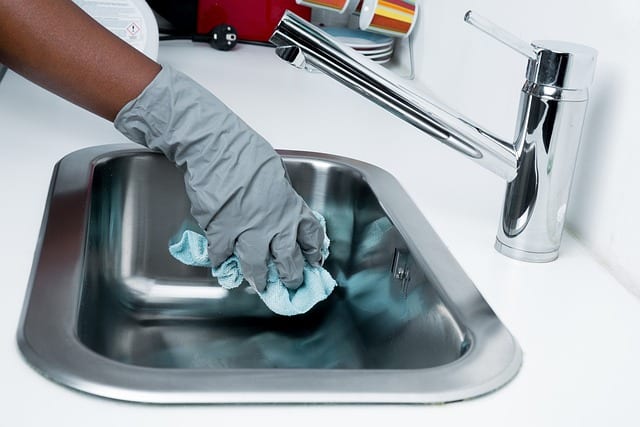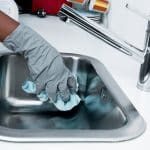Sanitization and sterilization are two terms that are often used interchangeably, but they actually refer to two different processes. Both are used to clean and disinfect surfaces, but the level of cleanliness achieved is different.

Sanitization refers to the process of reducing the number of harmful microorganisms on a surface to a safe level, as determined by public health standards. This is typically achieved through the use of chemicals or heat. Sanitized surfaces are considered safe for human contact and use, but some microorganisms may still be present.
Sterilization, on the other hand, refers to the complete elimination of all microorganisms, including bacteria, viruses, and spores, on a surface. This is typically achieved through the use of chemicals, heat, or radiation. Sterilized surfaces are considered completely free of any living organisms.
In general, sanitization is used in most everyday cleaning situations, such as cleaning kitchen counters or bathrooms. Sterilization is usually reserved for medical settings, such as operating rooms and laboratories, where a higher level of cleanliness is required to prevent the spread of disease.
It’s important to note that both sanitization and sterilization require regular maintenance and may not be effective against certain types of microorganisms, such as certain types of bacteria that are resistant to antibiotics.
In conclusion, sanitization and sterilization are two different processes that are used to clean and disinfect surfaces. Sanitization is used for most everyday cleaning situations, while sterilization is reserved for medical settings where a higher level of cleanliness is required. Both require regular maintenance and may not be effective against certain types of microorganisms.



